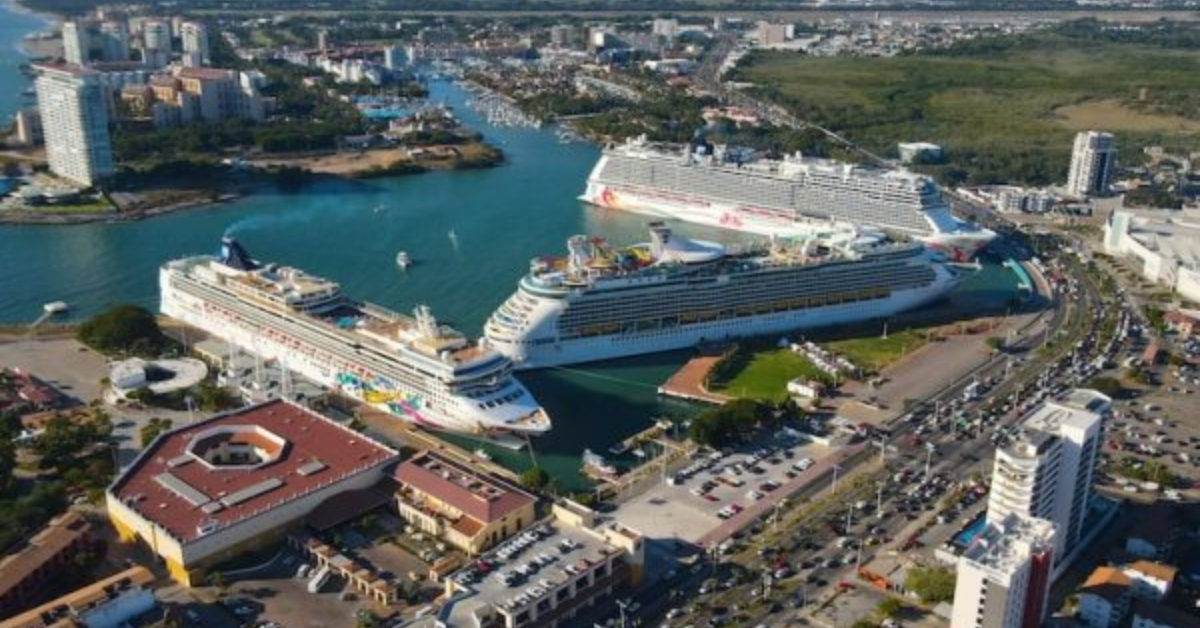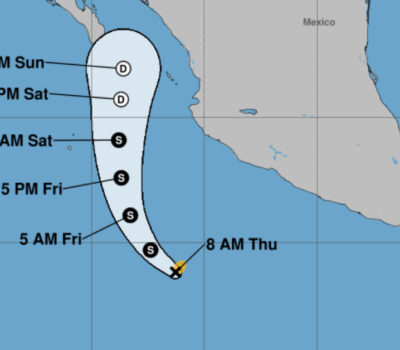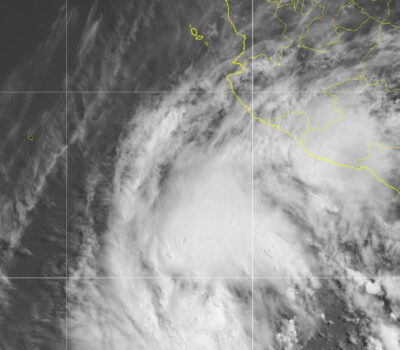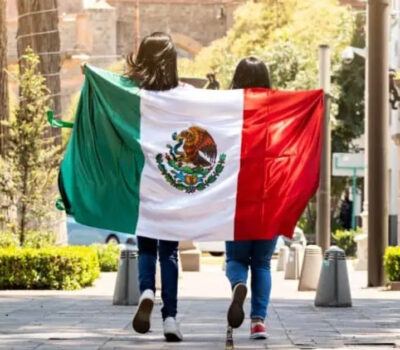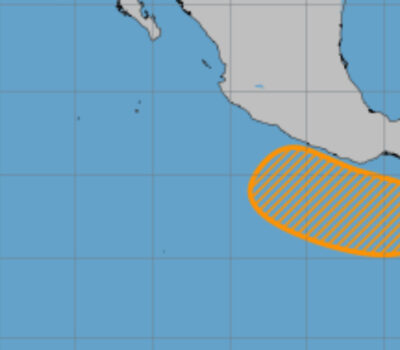Effective July 1, 2025, Mexico slashes its cruise passenger Non-Resident Duty from $42 to $5 USD, a move expected to boost cruise ship calls and revitalize Puerto Vallarta’s local tourism economy.
Puerto Vallarta, Mexico – Mexico’s federal authorities have announced a dramatic reduction in the Non-Resident Duty (DNR) tax for cruise ship passengers, slashing the per-person fee from the originally proposed $42 USD to just $5 USD. The revised tariff will take effect on July 1, 2025, representing a significant compromise following intense negotiations between the Mexican government and industry stakeholders. Cruise lines are expected to collect the new surcharge and incorporate it into passengers’ overall fare, ensuring a seamless rollout when the summer sailing season begins.
The decision to lower the fee comes after widespread industry backlash to the initial proposal, which was approved by Mexico’s National Senate in November 2024 by an 80–37 vote. The higher $42 charge had been slated for implementation on January 1, 2025, but mounting pressure from the Florida-Caribbean Cruise Association (FCCA) and major cruise operators prompted federal authorities to delay and ultimately rethink the measure. Cruise groups warned that such a steep levy would undermine Mexico’s competitiveness against other Caribbean destinations, potentially driving itineraries away from popular ports of call.
Under the new phased structure, the fee will begin at $5 per passenger on July 1, 2025. It will then increase to $10 per person between August 2026 and July 2027, followed by $15 from July 2027 through July 2028, and finally reach $21 in August 2028. This gradual escalation is designed to give cruise lines, travel agents, and passengers ample time to plan and adjust, while allowing local authorities to forecast revenue streams more accurately.
Puerto Vallarta, one of Mexico’s premier cruise ports, stands to benefit substantially from the tax reduction. In recent seasons, the port averaged over 1.2 million cruise passengers annually, contributing significantly to the Riviera Nayarit region’s economy through shore excursions, dining, and retail spending. Industry analysts forecast that lowering the up-front barrier to entry could boost cruise ship calls by 10–15% in 2025, with some operators already indicating plans to restore additional port days to Puerto Vallarta itineraries.
Local tourism stakeholders have welcomed the announcement. María Elena Chávez, president of the Puerto Vallarta Tourism Board, remarked, “Reducing the cruise passenger fee to $5 sends a strong signal that Mexico values cruise tourism and wants to remain a top choice for international travelers. We anticipate more frequent calls by Carnival, Royal Caribbean, Norwegian, and other major lines.” While specific cruise line deployment schedules remain under wraps, several operators have already confirmed extra calls to Puerto Vallarta in the second half of 2025.
Beyond passenger arrivals, the fee cut is expected to stimulate ancillary sectors that rely on cruise tourism. Local tour operators—offering jungle canopy rides, culinary walking tours, and cultural excursions—are gearing up for higher demand. Hotel occupancies in the downtown ‘Zona Romántica’ and Marina districts, which often book out during peak cruise season, are projected to climb by 5–7%. Restaurants, shops, and transportation services, long-time beneficiaries of cruise-generated foot traffic, also stand to see a meaningful uptick in business.
Despite these optimistic projections, some critics caution that the revenue gained from the lower duty may fall short of initial expectations. The original $42 fee was projected to generate approximately $180 million USD annually for federal programs, including port infrastructure and security. Under the new schedule, fiscal years 2025–2026 could see revenue closer to $20–25 million, with gradual growth as the fee increases. Government officials argue, however, that the broader economic benefits—such as increased tourism spending—will more than compensate for the difference.
On the industry side, the FCCA expressed relief at the outcome. Michelle Paige, FCCA’s vice president for regulatory affairs, stated, “We appreciate the Mexican government’s willingness to work with the cruise sector and find a balanced solution. The phased approach will help maintain Mexico’s leadership position in global cruise itineraries while safeguarding local economies that depend on these visitors”.
Looking ahead, the cruise lines will include the surcharge in their published port fees, allowing travelers to factor it into booking decisions. Most lines estimate port charges well in advance, and any discrepancies—such as overestimation—are typically refunded via onboard credits. Conversely, underestimations may marginally affect cruise operators’ profitability, although the industry views the new fee as manageable within current pricing frameworks.
As the July 1 start date approaches, local authorities in Puerto Vallarta are finalizing logistical plans to accommodate anticipated passenger growth. The port’s expanded tender fleet, customs staffing schedules, and transportation networks will be scaled up to ensure efficient processing. Meanwhile, municipal officials are coordinating with tourism boards to roll out marketing campaigns aimed at positioning Puerto Vallarta as an accessible, affordable cruise destination in 2025 and beyond.
In summary, the cut in Mexico’s cruise passenger tax from $42 to $5 USD represents a strategic recalibration aimed at preserving the country’s appeal to the global cruise market. For Puerto Vallarta, the measure carries the promise of renewed itinerary commitments, higher passenger volumes, and cascading economic benefits for local businesses. As the new fee structure phases in over the coming years, all eyes will be on the port to see how effectively it capitalizes on this opportunity to solidify its status as a must-visit stop in the Pacific.
Effective July 1, 2025, Mexico slashes its cruise passenger Non-Resident Duty from $42 to $5 USD, a move expected to boost cruise . . .

